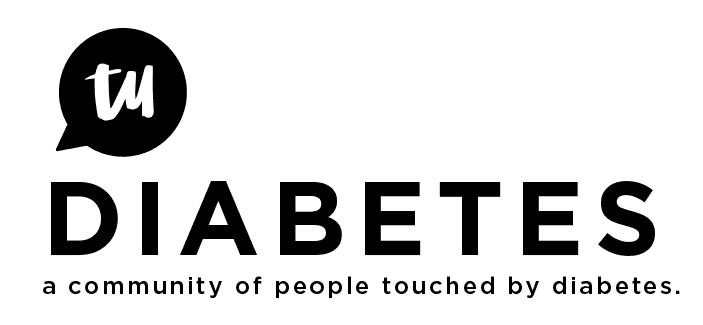I think you could edit the "probably" out of the bit about getting the numbers down. As far as I can tell the two main reasons not to get your numbers down are that 1) it's hard and 2) hypos are dangerous. Diabetes is hard no matter what you do. To me, and this is based on my experiences, it was much harder to live with "slot machine" diabetes, when my BG fluctuated more widely and my control wasn't as tight. I was not as certain or confident as I am now. Which is not to say I don't still have "whoa, what's going on here?" moments but I definitely have less of them than I used to. Re hypos being dangerous, I agree with that as well however I have found that they seem to be more controllable with aggressive targets. My hypo symptoms have diminished but this may be b/c I don't ever run much below 50 (of course, accidents can happen and I'm by no means perfect, but the BG=25 while the room is starting to spin scenarios hardly ever happen these days...). I have "hmmm, I'd better fix that..." scenarios all the time but they are very manageable, more "drift" hypos than "nosedive" hypos, which to me is a good thing, even if I'm buzzing down into the 60s fairly regularly.
I am a ridiculously small sample size but I know that there are other people taking similar approaches, however they hit it tactically, the strategy of aiming lower seems to offer very nice results for many people. I know a few people struggling with hypos at lower control levels (Spock has posted very eloquently about her experiences) but I know other folks doing this and achieving success (e.g. FHS! ;-)). Science/ Medicine don't study this *at all* because of hypophobia so implementing this into "plans" isn't considered. If you hit this, you are pretty much on your own or may be subject to sort of eye-rolling "look at all those hypos, you should raise your BG" from doctors.
Another thing to consider about all this might be the notion of using a "sliding scale". If your A1C is 8.5 or whatever, indicating an average > 140, I would agree that 140 is a great goal that can lead to improvement. Once you get to 140 though, I believe that it would be better to say "ok, let's try shooting for 130 or 120 or 100 fasting and 130 after meals" or a new approach. There is a human impulse to improve that is very natural (cf. Mihaly Csikszentmihalyi's "Flow") that I feel gets repressed by aiming at sort of bland targets, perhaps because diabetes is freaking difficult. It would be an enormous project to reeducate people and the diabetes industry is totally disinclined to do this. This is being done by the DOC to some degree. I'm not sure how we might work to "test" my non-educated (i.e. I'm not a doctor...) theories online but the prospect seems very reasonable. We have data coming out our wazoos. We have a network. Light the candle...
